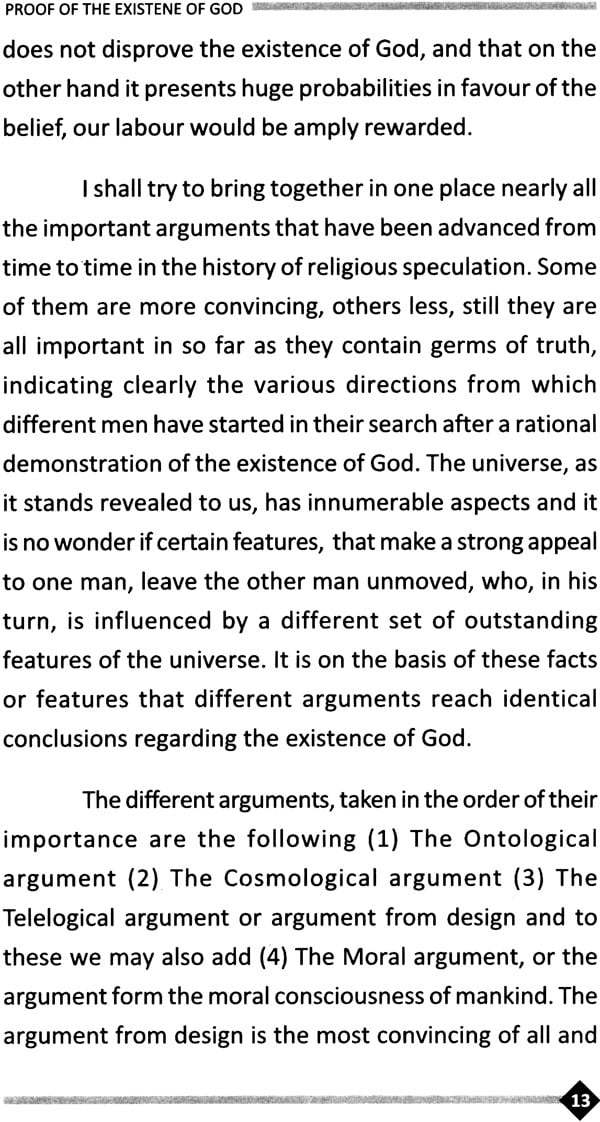
Lepchas and Their Heritage
Book Specification
| Item Code: | NAL410 |
| Author: | Tapan Chattopadhyay |
| Publisher: | B.R. Publishing Corporation |
| Language: | English |
| Edition: | 2013 |
| ISBN: | 9789350501016 |
| Pages: | 106 (8 Color Plates) |
| Cover: | Hardcover |
| Other Details | 8.5 inch x 5.5 inch |
| Weight | 290 gm |
Book Description
About the Book
Lepchas, or more properly Rongs, are a most extra-ordinary, though little Known, Indian tribe. Confined mainly to Sikkim and Darjeeling hills, their population is hardly eighty thousand. Sociologically, they are unique, for they have eschewed aggression in their social mores. Their women are on equal footing with men in every sphere of life. Also, they possess abundantly what Keats called ‘negative capability’ and can quietly shrug off adversity with a simple expression like ket ma nin, it does not matter.
General G.B. Mainwaring, then a colonel in the British army, first drew the eyes of the West to these unique aborigines in the nineteenth century. The redoubtable Dr. Joseph Hooker had also mentioned about the beauty of their music and mind in his famous Journal.
Surprisingly, such end endowments have not endeared Rongs to a succession of peoples, who have mercilessly trodden their rights and culture from age to age. Despite their gift of expression and other cultural attainments, they are still known by the disparaging term ‘Lepcha’ (in plain English, Stupid) first used about them by Nepalis. The plight of such people, who are strangers in their own home, cannot fail to what our curiosity about them.
The book on Lepchas and their Heritage opens a new vista on them.
About the Author
Mr Tapan Chattopadhyay (b. 1946) who is an M.A. in English literature from Calcutta University, is a senior member of the Indian police service (IPS). His job, which he describes as peripatetic and emotionally satisfying has taken him to different places and people. In Tripura, he came face to face with Reangs, Mursums and Jamatias and trascreated some of their songs into Bengali. In Meghalaya and Mizoram, he knew khasis and Mizos and shared ideas and sheltered with them. He first came to know about Rongs, called Lepcha in 1972 in Northern Bengal. In the 1980s he got an opportunity to study them more intimately, which resulted in the writing of this book, after an arduous research of about four years.
Mr Chattopadhyay has written a number of articles on diverse subjects which have earned him accolade. His Story of Lalbazar: Its Origin and Growth, which is the history of Calcutta and its police, has been hailed as a pioneer work, has by The Statesman, Ananda Bazar patrika, Amrita Bazar patrika, etc. He has to his credit one book of poems and the other a historical fiction, in Bengali.
Foreword
Indeed, it is a great pleasure for me to write a Foreword to this book. The study of the life and culture of the hill tribes was a few years back mainly an area of interest to specialist scholars. But with the Independence of India it has rather suddenly become an area of a growing interest. Because of the suddenness of this development of interest in this study there is a wide lacuna between the interest itself and useful and introspective papers and texts which might educate it. As a result, keen interest has of late been evinced in the study. A few books have already appeared in the field of this study. But still there is a great paucity of books covering the story of the hill tribals. Sir Chattopadhyay’s book will certainly be a creditable contribution in this regard. It would be pertinent to point out here that the financial aid will hence be available for preservation and development of the cultural heritage of the Himalayas, thanks to the Government of India taking deep interest in projects on the Himalayas.
The learned author has thrown enough light on the various spheres of the life and heritage of the people, popularly called the Lepchas. Their socio-ethical, economic, literary, artistic and religious life as well has ably been discussed herein. Also a few Lepcha song at the end of the book as specimens have been incorporated to create added interest. The book, in fact, presents a vivid image of the life of the Lepchas based on the materials culled from the earlier and modern sources available to him. I am not aware of any other venture, so much informative of the same kind.
I strongly feel the book is expected to be useful to be useful to those interested in the study of the hill tribes with particular reference to those in the north-east of the Indian region.
Contents
|
| Foreword | V |
| 1 | Description of a Journey | 1 |
| 2 | The God Departs | 13 |
| 3 | Anatomy of Strange Beliefs | 24 |
| 4 | Rong Life Cycle | 39 |
| 5 | Face to Face with Tangbor | 59 |
| 6 | Mystique of Music & Danc | 68 |
| 7 | Heard Melodies | 79 |
|
| Index | 103 |











